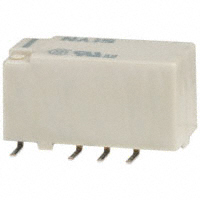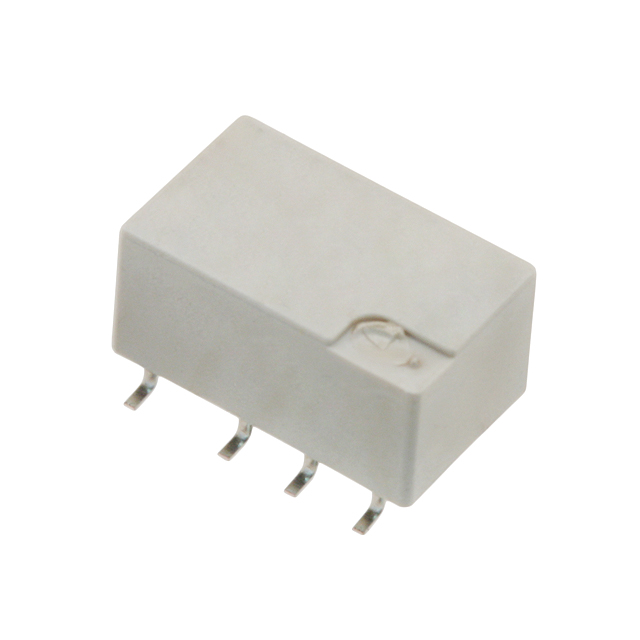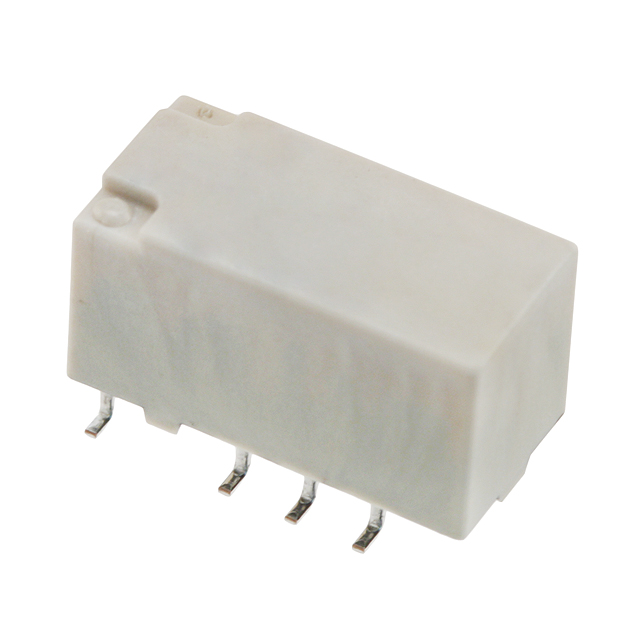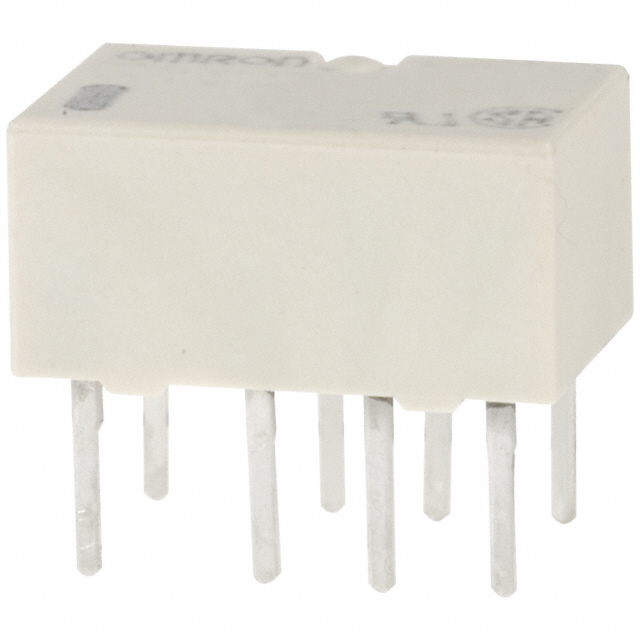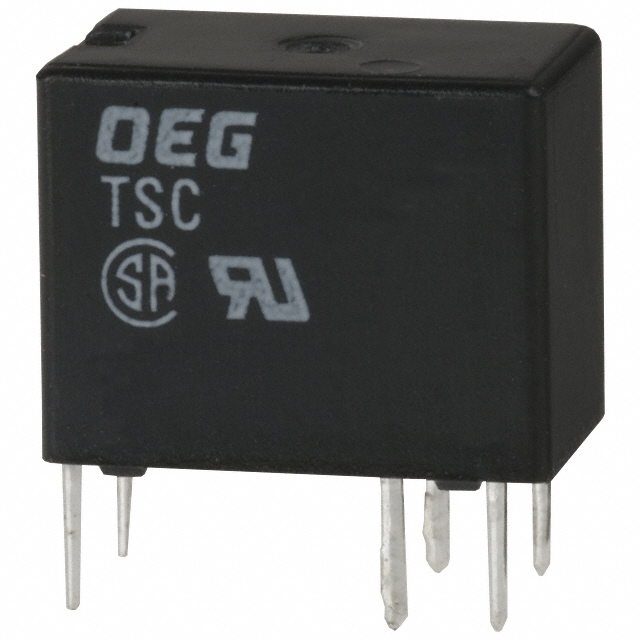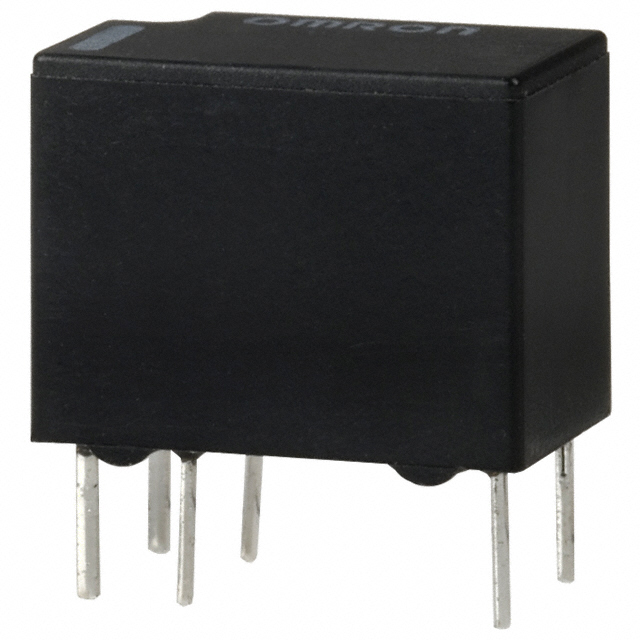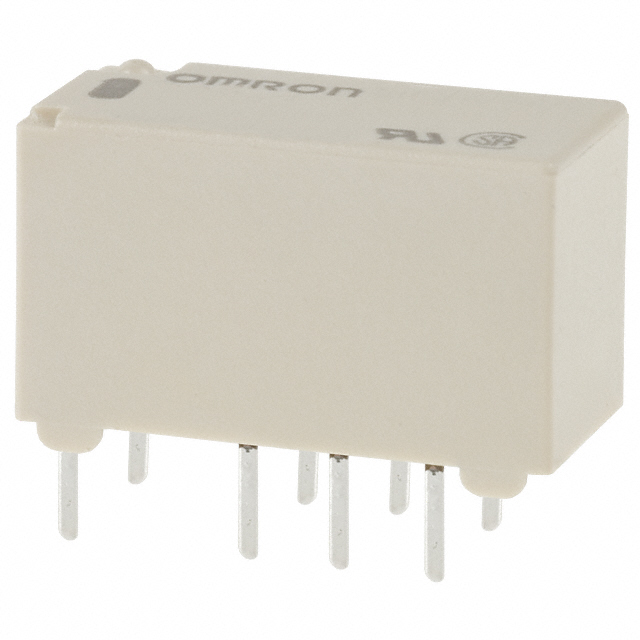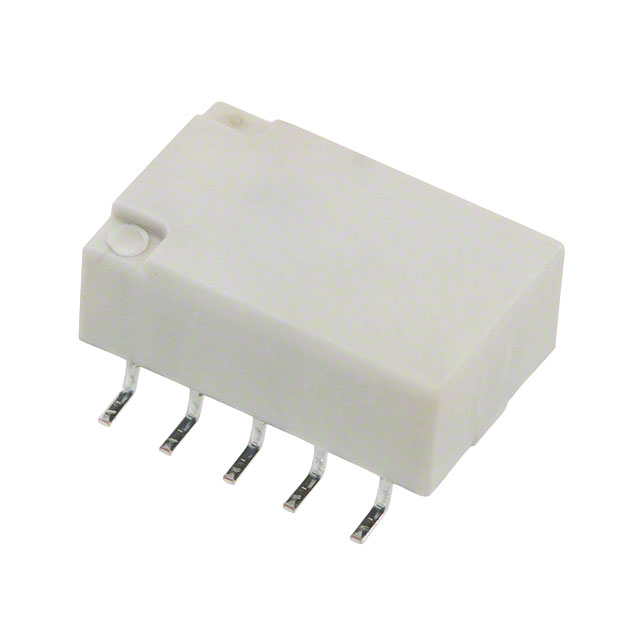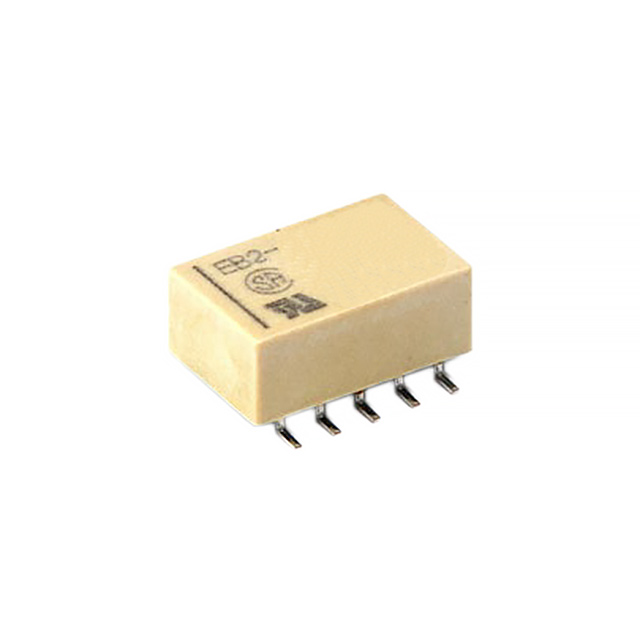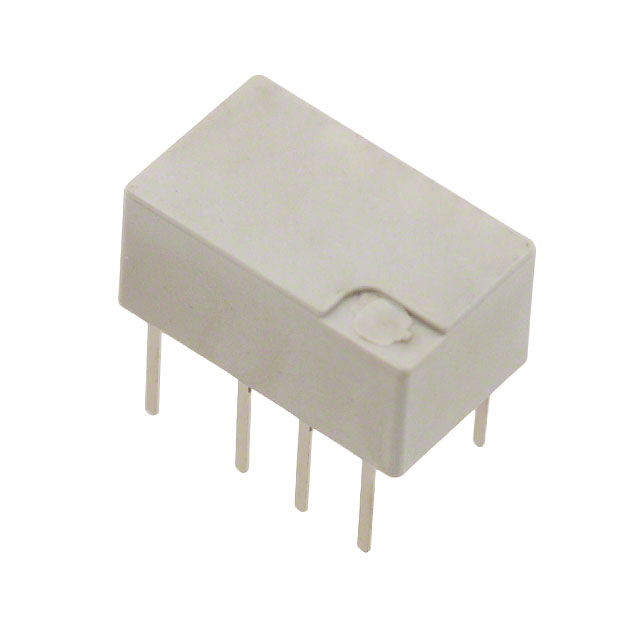Categories
- Signal Relays, Up to 2 Amps(15)
- 1
What are signal relays?
Signal relays are electromechanical switches that are electrically activated to manage the flow of current within a circuit. They operate by generating a magnetic field from a control current that passes through a coil, which is positioned near the contacts. This magnetic force moves the internal components or contacts to either an open or closed state, enabling a small signal to govern a larger one. While similar to power relays, signal relays are tailored for low-voltage and low-current applications, typically handling currents under 2 amps and switching low-power signals with voltages generally ranging from 5 VDC to 30 VDC. As a result, they are also referred to as "low signal relays."
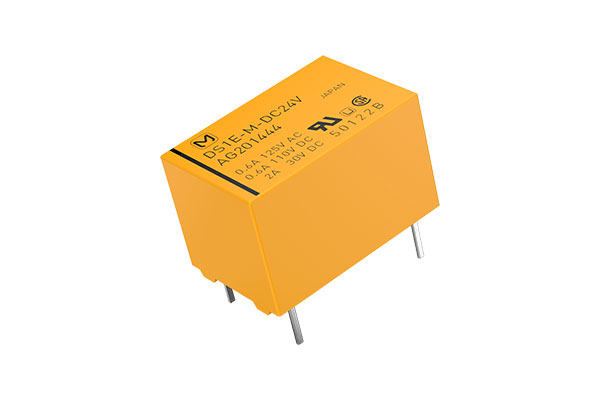
Signal relays
What are signal relays up to 2 amps?
Signal relays up to 2 amps are designed for the transmission of control signals, with contact currents generally capped at 2 Amps. Ideal for signal switching and logical control applications, they are frequently used in automated control systems, telecommunications gear, and domestic appliances.
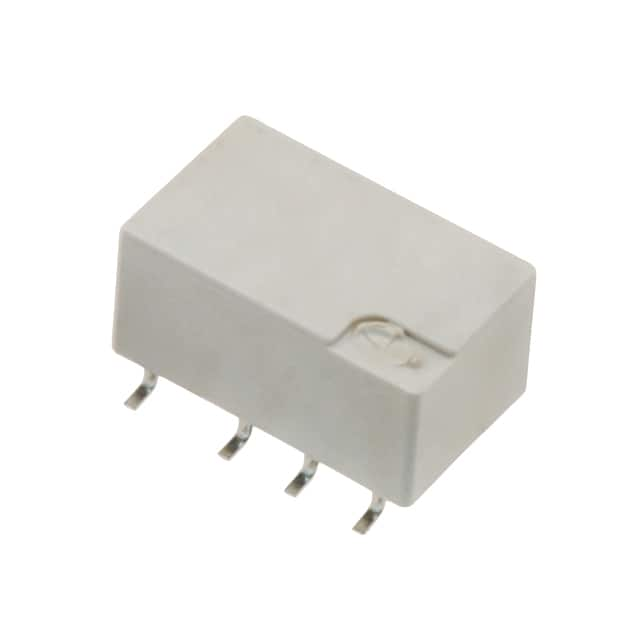
Signal relays up to 2 amps
Applications of signal relays
Signal relays, with their low-power switching capabilities, are deployed across a broad spectrum of applications, spanning both consumer and commercial domains. They offer an effective solution for network devices that need to transmit signals over long distances with voltage and current levels exceeding what most electronic devices can handle inherently. These relays are also valuable in applications demanding swift responses where the power requirement is not as high as that of a power relay.
Key specifications and selection of signal relays
When choosing a signal relay for a specific design, several key factors must be taken into account:
- Voltage Rating: This refers to the highest voltage, expressed in VDC or VAC, that the relay is capable of handling.
- Current Rating: It indicates the maximum current, in Amps, that the relay can manage.
- Contact Resistance: This is the additional resistance, in Ohms, introduced to the circuit when the relay's contacts are closed.
- Mounting Type: The method by which the relay is attached to the circuit board, typically either through-hole or surface-mount technology.
- Operating Temperature: The temperature range within which the relay can operate effectively without performance degradation.








